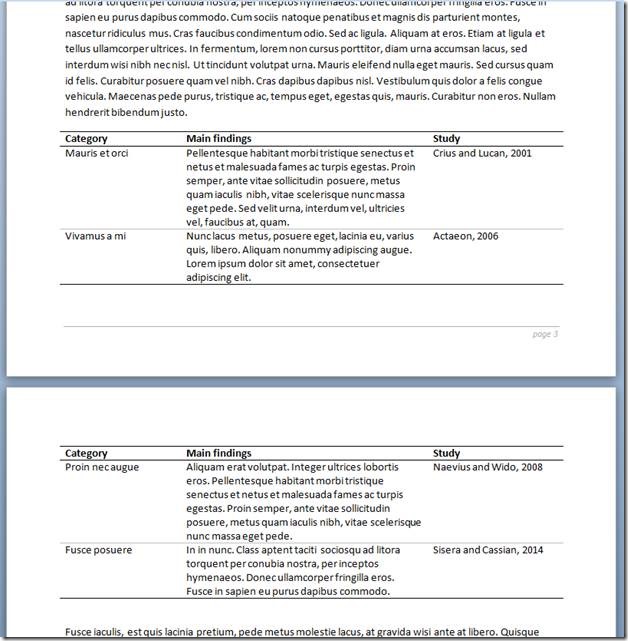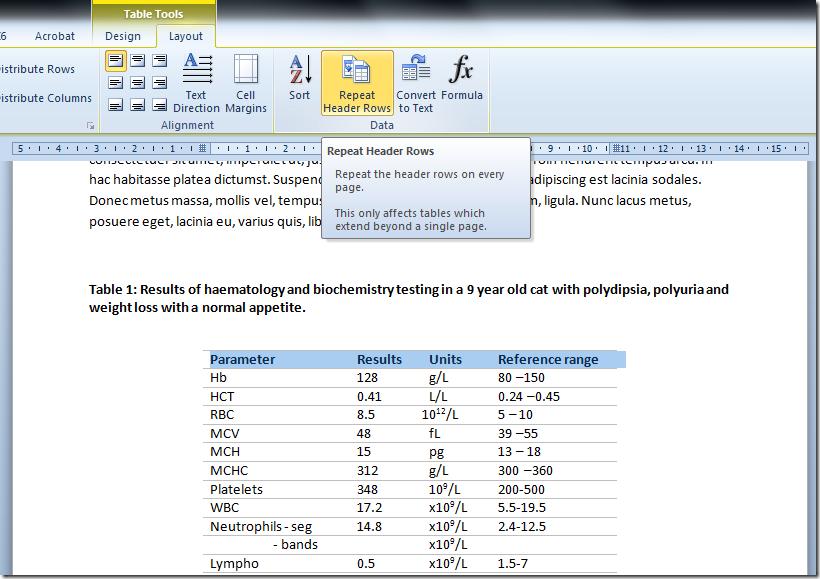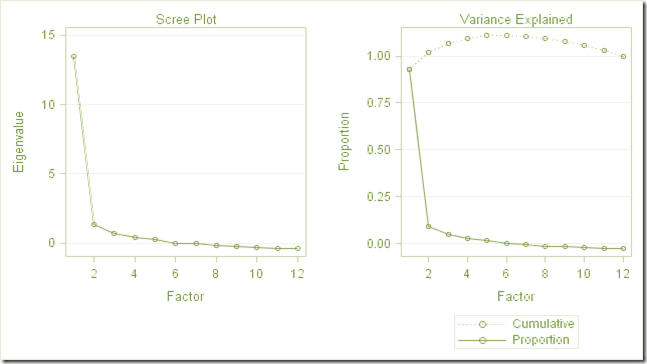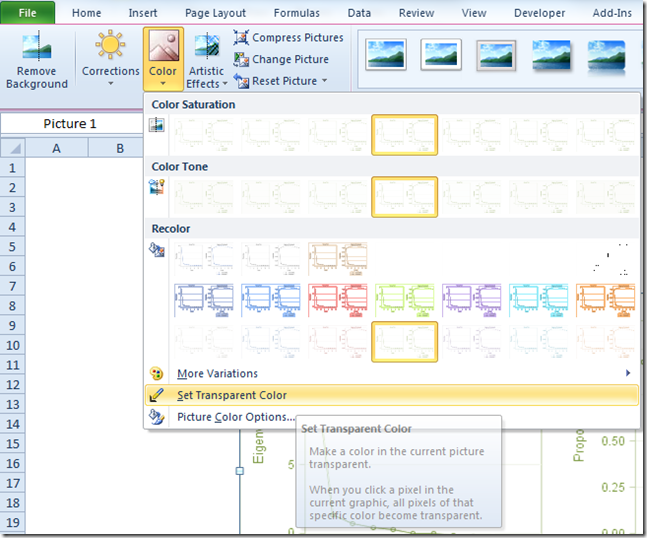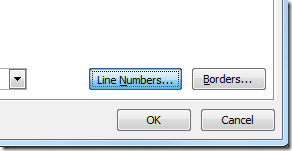The comment tool in Word provides a way for you to add comments to a document that are displayed separately from the main text. Comments do not interfere with the main text or its formatting and you can switch between seeing them or not seeing them if you want.
This posting explains some key elements of using them, but for more detail see the Microsoft website .
Adding a comment
To add a comment, highlight a section of text and then select New Comment from the Review tab of the Ribbon
A blank comment box will appear to the right of the text in which you can write your comment, as shown below.
Setting the colour of comments
Your comment box may be a different colour to what is shown above. You can set the colour options using the options under Review > Track Changes > Change Tracking Options.
A window will open with many option for tracked changes, but in the top section you will find one for Comments. In the screenshot below the colour Teal is applied to comments.
Deleting a comment
To delete a comment, place your cursor in the comment and select the Delete command from the Review tab
Hiding comments
If you want to keep the comments there, but not see them, there are a couple of ways to do this. One is to deselect Comments from the list that appears when you click on Show Markup on the Review tab, as shown below.
Long comments
If your document has lots of long comments, they will eventually be partly hidden. This is indicated by a small … symbol that shows in the bottom right of the comment box as shown below.
To see the part of the comment that is not showing, simply click on the … symbol. A new pane will open on the left of the screen showing the entire comment.














